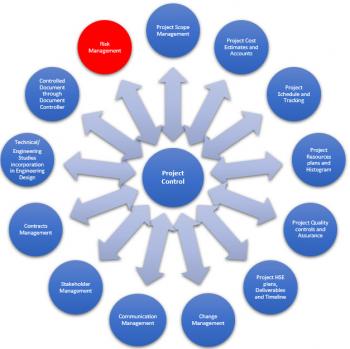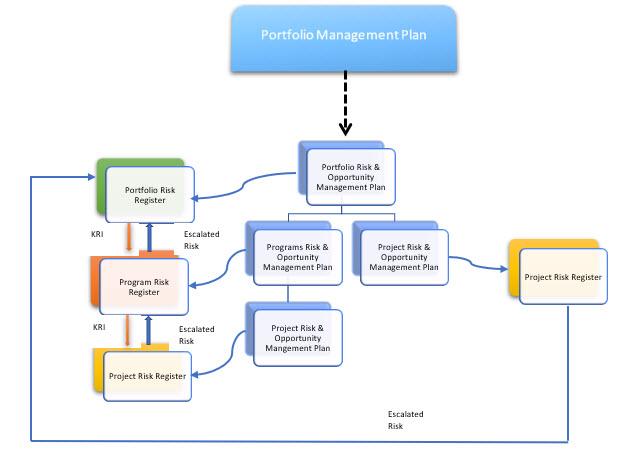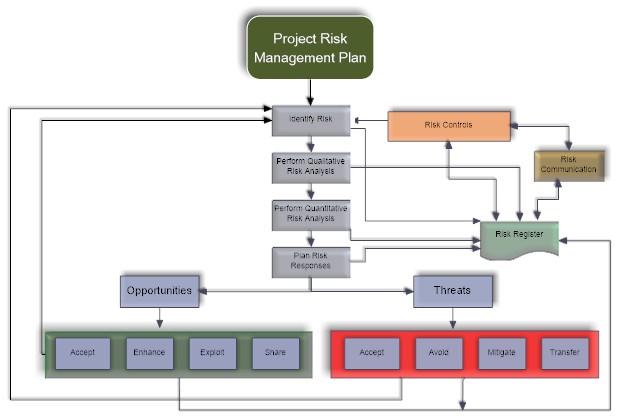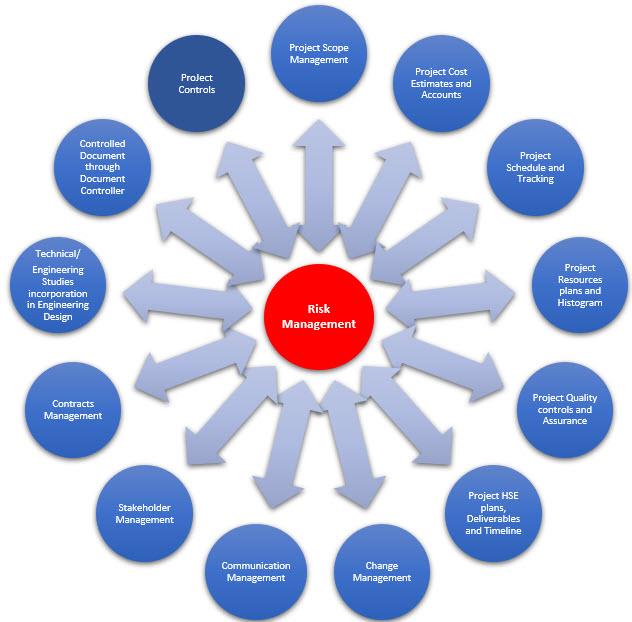CONSTRUCTION RISK MANAGEMENT, A DIFFERENT PERSPECTIVE: WHAT? WHY?

Introduction:
External pressures like Digital transformation, volatile economic situations, lower rates and changing political scenarios are somehow putting more pressure to stay competitive. Disintegration and lack of information flow in 360 degrees (Up and down, internal and external) are the internal factors that constrict an organization’s growth. The ultimate result is falling market share and a decrease in profit.
Construction program/project execution is cumbersome in nature. Involvement of various stakeholders, internal and external factors and nature of the project itself drive complexity. Regardless of the region, many construction programs/projects are an ultimate failure or jeopardized and require recovery plans; over budget and behind schedule.
The construction project is truly a portfolio or program with many facets. Harnessing the different phases and different facets are the key drivers in construction management.
Risk management helps to navigate through the complete project cycle and identify the minor to major pitfalls and even the Show Stoppers. Planning, designing, structuring, implementing a risk management system and software in a systematic way are crucial for managing complex construction projects.
Process Driven Risk Management - KRI:
Process driven approach is good, but during process design, the most neglected part is people or stakeholders. People plan, design, implement, execute and drive the process. It is not the other way around. Stakeholder focussed, adaptable and agile system provides value to the organization.
Process driven risk management is more robust and structured than software risk driven system. Software is a tool and an integral part of the system. In reality, not a single software alone helps to map risks effectively.
Key Risk Indicators (KRI) approach to managing program and projects at the portfolio level gives a systematic and structured way to align efforts for achieving overall strategic goals. KRI drives Key Performance Indicators (KPI) for analytics and reporting. Cluster risks to KRI and risk management based on the priorities provide analytics for decision making. Flexible and adaptive KRI can be helpful for organizational growth and sustainability. Establish constructions KRI with respect to internal, external context, organizational project management methodology and way of managing projects itself.
Portfolio Construction Risk Management:
Planning and managing projects in silos are common in the construction industry. Managing project at the program and portfolio level helps to align and drive resources to achieve goals. Capacity and the Capability (C&C) alignment and optimization help organization to manage Risks effectively under the umbrella of the Portfolio. A complex project with high budget/capital cost & high resource utilization (C&C) is normally a risky project, but often generates more Return on Investment (ROI) then a low budget small project. The picture given below illustrates an overview of a project portfolio in a bubble chart.

Structuring the project portfolio system around KRI, as a driving force to overall project portfolio risks, helps to understand the common pitfalls and align risk management for Organizational growth, profitability, and sustainability. Does the question arise about profitability? Structured and process driven system help to Quality Conformance i.e. reduces extra work, improve efficiency and optimize all 3M’s (Man {workforce}, Machine, and Material). Given below figure illustrates a simplified process flow of Portfolio risk management. KRI directions are flowing from top to bottom while project risks are escalated to the program and then the portfolio.

Risk Management Process Flow:
Simplified risk management process flow illustrates steps for risk management:

Risk management plan documents the flow of information dissemination it to the stakeholders on a regular basis as per requirement. Risk management plan mind map highlights the necessary components of the Risk management plan.
Risk Advisor Vs Risk Clerk:
Decide whether to hire Risk advisor or risk clerk (collecting data and entering it to risk register, a risk repository). Access denial or hiding risk information from the risk advisor is a common dilemma in the construction industry.
ire risk advisor (specialist, advisor, etc.) based on the following key attribute qualities:
1- Experience, not a certification only
2- Exposure (Least considered, but most important quality)
3- Emotional intelligence
4- Due Diligence
5- Networking and socialization (again most neglected part. Risk professional should spend time with coworkers to get insight into the facts)
6- Learn and train abilities
7- Adaptability
8- Act like a Smart Sensor ( According to Wikipedia, Smart transducer, an analog or digital transducer or actuator combined with a processing unit and a communication interface)
9- Strategic
10- Process focused, but keep an eye on stakeholder engagement
Project Risk Management a Driver or Driven:
Throughout in the construction industry, Project control drives the risk management.

 Printer-friendly version
Printer-friendly version- Login or register to post comments
 Send to friend
Send to friend




